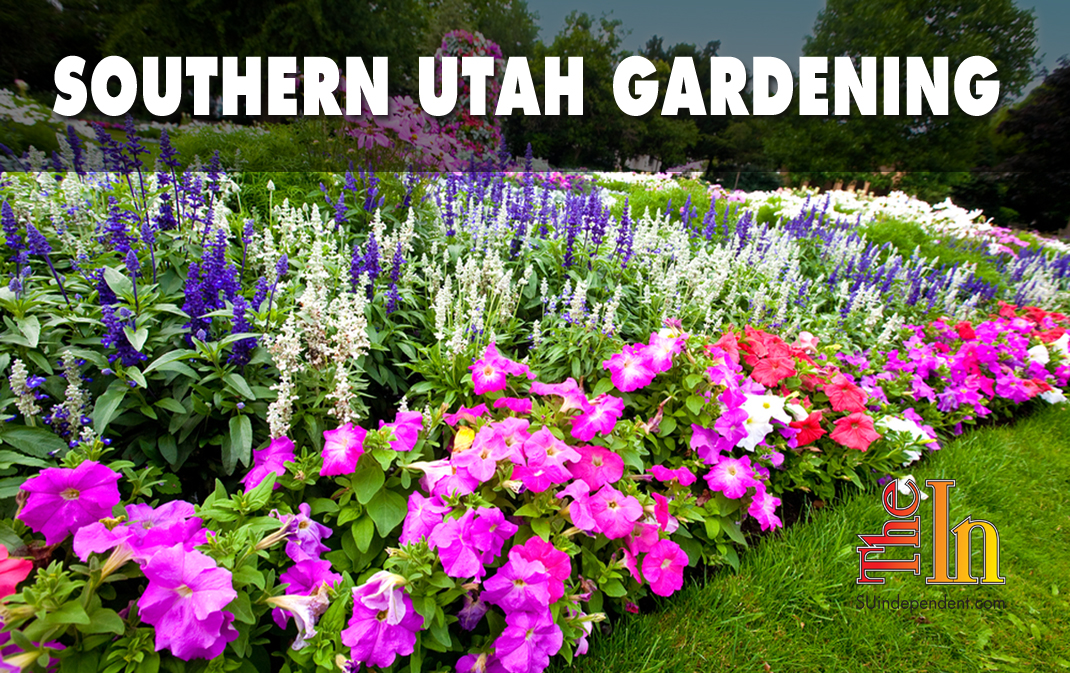
Landscaping tips for season-long color
By JayDee Gunnell and Sheriden Hansen
Color in the landscape adds visual appeal and seasonal splendor. Many homeowners try to select plants that will offer season-long interest add consistency and tie the landscape design together.
Harmony in a landscape is often accomplished when the same color schemes are repeated. When planning and planting, it is good to remember some general landscaping tips for season-long color.
Cool colors, such as shades of green, blue, and soft pastels, blend well together and tend to make an area seem larger in appearance. These colors also suggest calmness or tranquility.
Warm colors, such as shades of red, orange, and yellow, jump out visually and act as colorful accents. These colors invite and imply liveliness.
Complementary colors are those colors that most optimally accentuate each other. Yellow is considered complementary to purple. Red is complementary to green. Orange is complementary to blue. White is a universal color that complements all colors.
When planting for color, it is important to think of the importance of the foliage effect as well as the flower color. Some plants offer different textures while others put on a spectacular show in the autumn as their colorful leaves proclaim the end of the season.
Choosing a variety of plants with staggered bloom times, along with those that add unique textures and distinctive leaf colors, adds seasonal interest to any landscape. But with literally thousands of options to choose from in plant material, it can be overwhelming when deciding which plants to buy. Browsing through catalogs and magazines can help give ideas. It is also helpful to visit nurseries and garden centers throughout the year to see what plants are in bloom at what time.
For simplification purposes, the following bloom times have been organized: spring bloomers, March through mid-May; summer bloomers, late May through mid-August; fall bloomers, late August through October. As a general rule, most perennials provide blossoms for 3 to 4 weeks. Deadheading or removing spent blossoms will encourage reblooming.
The USU Extension fact sheet, Landscaping for Seasonal Color, includes some of the more commonly sold plants and trees and their approximate bloom times, along with plants that offer variety to the landscape in the form of texture and seasonal leaf color.
As always, it is important to remember that nature is consistently in charge. Weather variations and other climatic changes can influence bloom time and color intensity.
JayDee Gunnell is a USU Extension regional horticulturist. Sheriden Hansen is a USU Extension assistant professor in Davis County.
Articles related to “Landscaping tips for season-long color”
Southern Utah Gardening: Attracting beneficial insects to the garden



